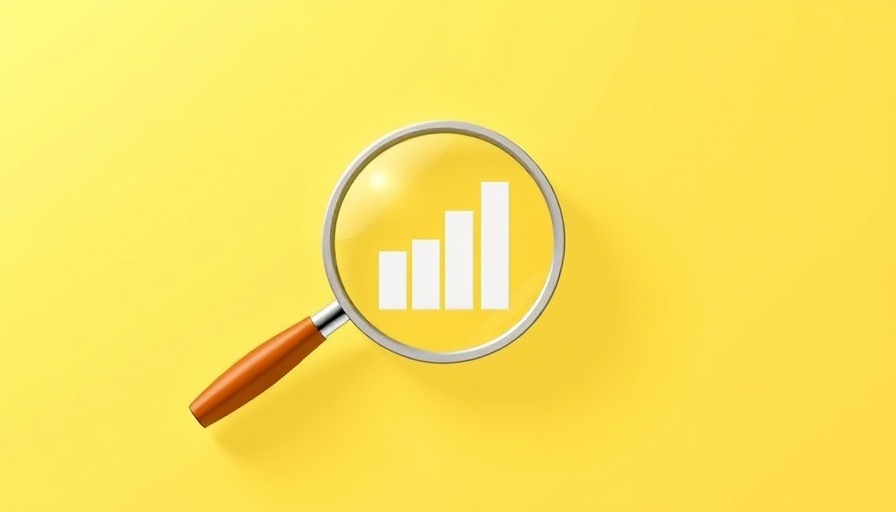
Unlocking the Power of Paid Advertising
In today’s fast-paced digital landscape, businesses are always on the lookout for effective methods to reach potential customers. One significant strategy that has proven to be successful is paid advertising. By leveraging paid ads, businesses can enhance their visibility, drive targeted traffic, and ultimately increase customer engagement. But how can paid ads really help amplify your endless stream of customers?
The Precision of Targeting in Paid Ads
One of the standout advantages of paid advertising is the ability to target specific demographics. Unlike traditional advertising, which casts a wide net, digital advertising lets marketers define factors like location, interests, and behavior. This means you can get your brand in front of the people who are most likely to convert. Moreover, with tools like Google Ads and Facebook advertising, detailed analytics let you measure your campaigns' performance in real time.
Cost-Effectiveness of PPC Advertising
Pay-per-click (PPC) advertising is not just an effective way to manage marketing budgets, it’s also a great way to achieve immediate results. With PPC, you only pay when someone clicks on your ad, making it a smart choice for businesses of all sizes. This model allows for a clear ROI measurement, providing insights that help adjust campaigns quickly for optimal results. Businesses can thus allocate budgets based on performance data, ensuring financial resources are spent wisely.
Boosting Brand Awareness and Engagement
Investing in paid ads also enhances brand visibility, making it easier for potential customers to discover your products or services. A notable case is a small e-commerce company that utilized Instagram ads, resulting in a 30% increase in website traffic and a 20% boost in sales within just a month. This kind of growth is invaluable for building rapport with your audience and creating a loyal customer base.
Harnessing Social Media for Customer Connection
Social media platforms have transformed the way businesses engage with customers. By leveraging paid advertising on platforms like Facebook, Instagram, and Twitter, brands can interact directly with their audience and foster community engagement. For example, brands can run targeted campaigns aimed at their existing followers, encouraging them to share, like, and comment, which in turn widens reach and fuels organic growth.
The Role of Analytics in Fine-Tuning Campaigns
To maximize the effectiveness of your paid ads, utilizing analytics and data reporting is crucial. Through platforms like Google Analytics, businesses can track key performance metrics such as click-through rates, conversion rates, and more. Analyzing these metrics gives marketers valuable insights into what works and what doesn’t, allowing for continuous optimization of marketing strategies to meet changing customer needs.
Future Trends in Paid Advertising
The world of digital advertising is constantly evolving. Upcoming trends such as integration of AI into advertising tactics and personalization techniques will play significant roles in how brands connect with consumers. For instance, using AI for audience segmentation can help in crafting specific messages that resonate more deeply with segments of your customer base, significantly improving engagement rates and conversions.
Final Thoughts on Amplifying Customer Reach
Paid advertising, when executed strategically, can be a game-changer for businesses seeking to grow their customer base. By understanding the advantages of targeted marketing, PPC models, and the role of analytics, businesses can create campaigns that not only reach but resonate with their desired audience. As you explore these opportunities, consider how integrating these strategies into your marketing efforts can ultimately lead to greater engagement and increased conversions.
Now is the time to dive into the world of paid advertising and see the impactful results it can yield for your business. Start experimenting with ads that speak to your customers today!
 Add Row
Add Row  Add
Add 




Write A Comment